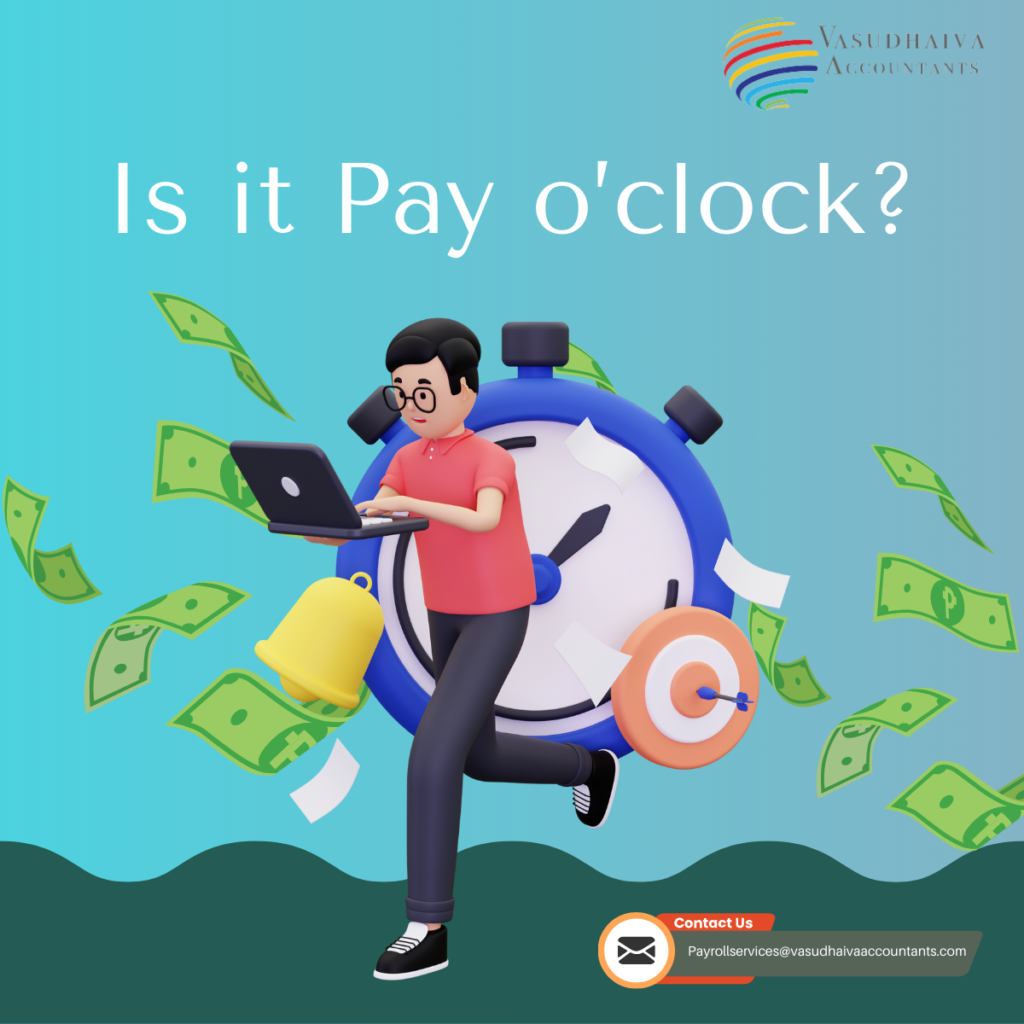Blog
- Home
- Blog
What is the Right time to implement Payroll Software?

Payday is a significant and happy day for employees as it’s when they receive their hard-earned compensation. However, for employers, especially those who do not have a streamlined payroll process, it can be a challenging and stressful time. Processing Payroll manually can cause a delay in credit of salary due to mistakes and repeated verifications.
Can the Payroll Software help? If yes, then what is the right time to implement the same in the organization? Let’s dive into the subject and understand the below Article.
In the initial period of the organization, one can rely on manual processing as the number of employees may be less. But when the company starts to function at maximum capacity the process becomes complex and lengthy and thus manual processing becomes outdated. Based on the above here are some scenarios and milestones that might indicate it’s the right time to implement payroll software in your organization:
- Number of Employees: As your organization grows and you hire more employees, manual payroll processing becomes increasingly time-consuming and error-prone. Payroll software can help streamline the process and handle a larger workforce more efficiently.
- Complex Payroll Needs: If your payroll calculations involve various deductions, benefits, overtime rates, and different pay structures for different employee types, payroll software can simplify these calculations and reduce errors.
- Frequent Payroll Errors: If you’re experiencing frequent errors in your manual payroll calculations, such as incorrect tax withholdings or benefits calculations, it’s a sign that you need automation to improve accuracy.
- Changing Regulatory Environment: If your organization operates in an industry with complex labor laws and tax regulations that change frequently, payroll software can help you stay compliant and up to date with the latest requirements.
- Growth Plans: If your organization is planning to expand or expects significant future growth, implementing payroll software can provide scalability and adaptability to accommodate changing needs.
- Time Savings: If your HR or finance team spends a substantial amount of time on repetitive payroll tasks, such as data entry and manual calculations, payroll software can free up their time for more strategic activities.
- Integration Needs: If you use other HR or accounting software systems, integrating payroll software can streamline data sharing and ensure data consistency across your organization.
- Employee Self-Service: If employees require access to their payroll information, such as pay stubs and tax forms, a payroll software system with a self-service portal can improve employee satisfaction and reduce administrative work for HR.
- Audit and Reporting Requirements: If your organization needs detailed payroll reports and analytics for financial planning, budgeting, and compliance purposes, payroll software can provide these insights more efficiently than manual methods.
- Geographic Expansion: If your organization expands to multiple locations or hires remote employees in different regions or countries, payroll software can help manage the complexities of regional tax laws and payroll compliance.
- Data Security and Compliance: If data security and compliance with data protection regulations are top priorities, payroll software often includes security features and audit trails to safeguard sensitive payroll data.
- Cost Efficiency: While there is an initial cost associated with payroll software, it can lead to cost savings over time by reducing errors, improving efficiency, and reducing the need for additional staffing in HR or finance.
In general, the right time to use payroll software is when the benefits of automation, accuracy, compliance, and time savings outweigh the costs and complexities of implementation. Carefully assess your organization’s unique needs and objectives to determine when it makes sense to implement payroll software as part of your HR and finance processes.
